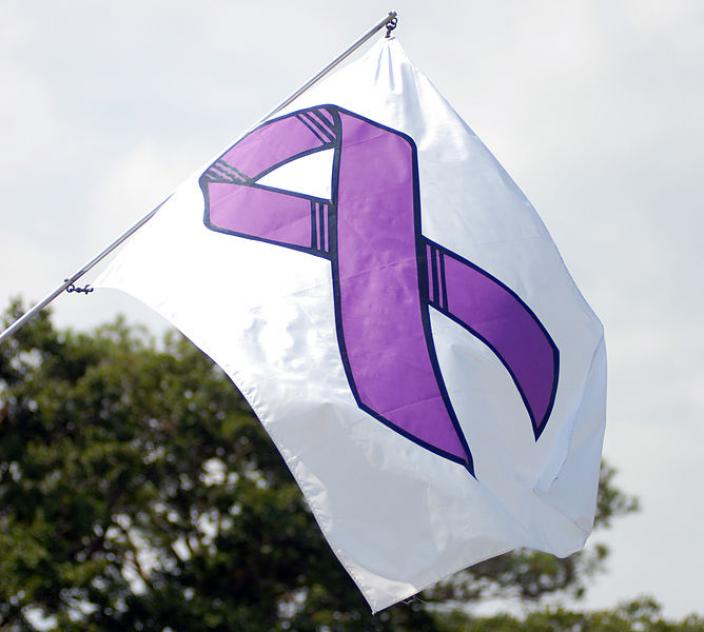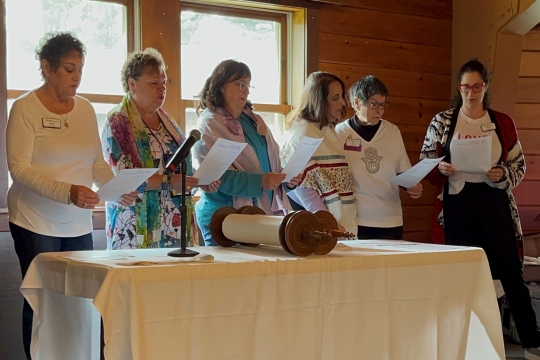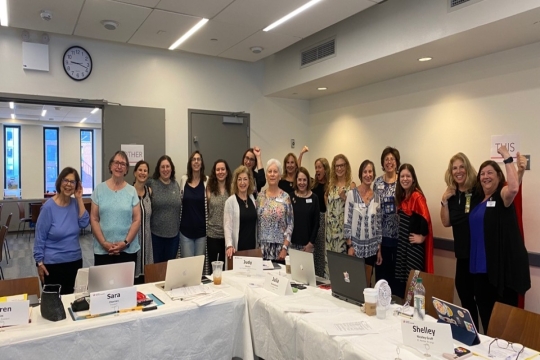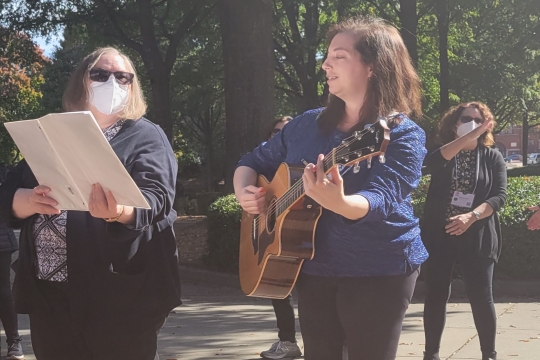
This week’s Torah portion, Ki Tisa (Exodus 30:11-34:35) follows the previous one that describes the building and furnishing of the Tabernacle, the sanctification of the priests and the sanctification of the Tent of Meeting. In Ki Tisa there are what appears to be unrelated scenes that in the “The Torah: A Women’s Commentary” are grouped under three titles: Tabernacle, Covenant and Moses. Each of these will move the action toward the resolution of Israel’s relationship with God. Eventually the people will understand how to sustain this relationship. These verses also include the completion of the interior of the Tabernacle and the story of the Golden Calf. In it Moses seeks from God forgiveness for the people who have sinned. God does punish them but allows them to continue the journey. God issues additional commandments and with their acceptance makes a covenant with Israel and Moses. Therein the people’s relationship to God is established for all time.
Relationships are basic in our WRJ world from the very beginning. It was representatives of local sisterhoods who came together in 1913 to form the National Federation of Temple Sisterhoods, now Women of Reform Judaism (WRJ). How would they relate to the local sisterhood and vice-versa? I suspect it was with some trepidation that they set upon organizing, not knowing if their efforts would succeed. Our one-hundred-year history is testimony to their good judgement.
For their part local sisterhoods/women’s groups promised to send their most talented leaders to serve as members of the WRJ Board of Directors, to pay dues and to support the Uniongram Fund (now YES Fund) and special fundraising campaigns.
Sisterhoods have a special relationship to their congregations. Congregational control has loosened over the years as women asserted themselves more and more. While they primarily serve the needs of their congregations they also contribute their time and talents in their communities as well.
However it is the local sisterhood that fosters a more personal relationship….the one that offers women an opportunity to find friendship, to develop new skills, to become more Jewishly knowledgeable, to work on community projects, and to support our Reform movement here and around the world. You cannot become a leader in the virtual world but you can become a leader in the WRJ world.
For me my local sisterhood was the doorway to a lifetime of meaningful experiences and relationships. I didn’t know what awaited me when Beth Emeth submitted my name for a seat on the NFTS/WRJ Board of Directors. Eventually I rose to the Presidency having met many wonderful women and men along the way. It was a great honor. At that time the WRJ President was a director on the boards of all Reform Movement constituencies. This opened a whole new world of great friendships and rare opportunities.
I visited Israel eighteen times meeting local Israelis and top leadership; I traveled to the Soviet Union to contact refusniks and twice more to encourage the development of Progressive Judaism in the former Soviet states of Russia, Ukraine and Belarus; I represented WRJ at the United Nations Decade for Women Conference in 1985 in Nairobi, Kenya; I was a WRJ delegate to the international conference of the World Union for Progressive Judaism in South Africa; I had breakfast in the White House’s Lincoln Room during the Carter Administration and lunch in the Roosevelt Room in the Reagan Administration; and many, many more meetings here and abroad.
…..and it all began when I said, “ ‘yes’ I will serve on the telephone committee”.
Shabbat Shalom!
Connie Kreshtool was NFTS President from 1981 to 1985. She has been on the NFTS/WRJ Board since 1963. Connie is a member of Sisterhood Congregation Beth Emeth in Wilmington, Delaware.
Related Posts

Parashat Yom Rishon shel Rosh HaShanah

Cultivating a Culture of Accountability and Belonging

